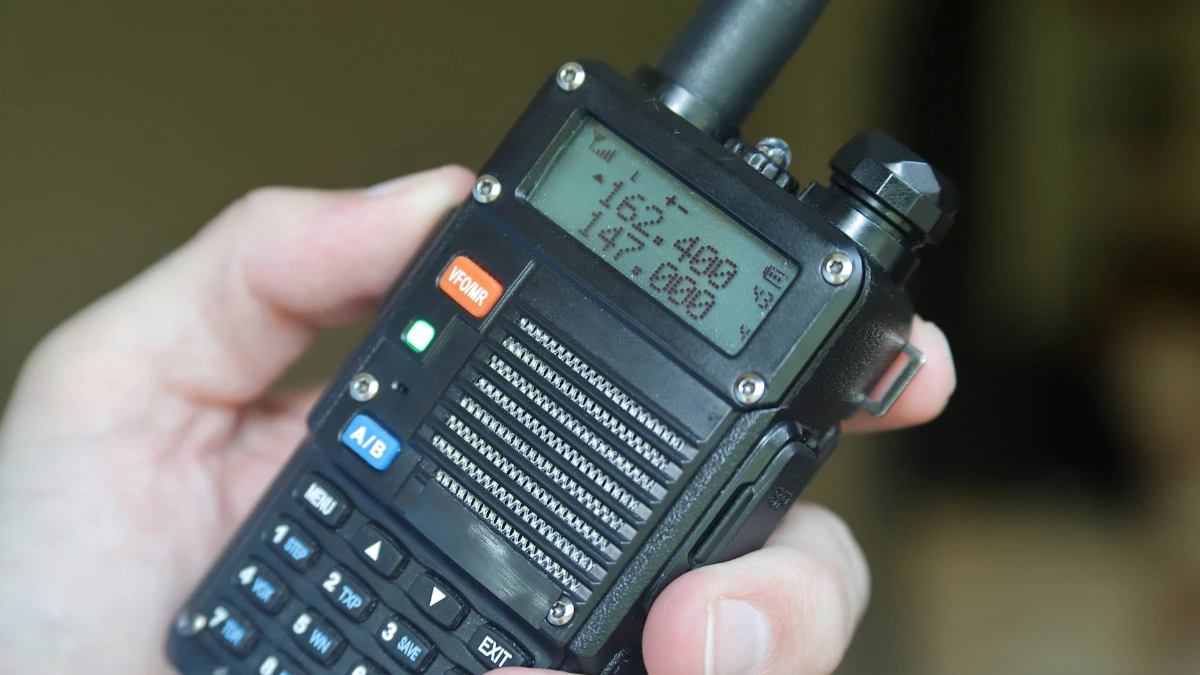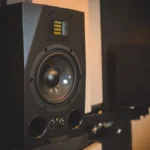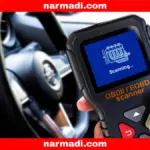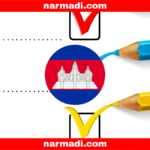In today’s era, communication is dominated by digital communication through smartphones and the internet. However, Handy Talky (HT) is still found in some industries and is still relevant due to its ability to operate in areas without cellular signals and ease of instant communication.
Handy Talky is still widely used in industries ranging from the military to event organizers. And maybe you are familiar with this one too. But do you know the history, workings, types, and benefits?
This article will discuss Handy Talky from the definition, history, how it works, benefits, and regulation in Indonesia.
Also Read
Table of Contents
What is Handy Talky?
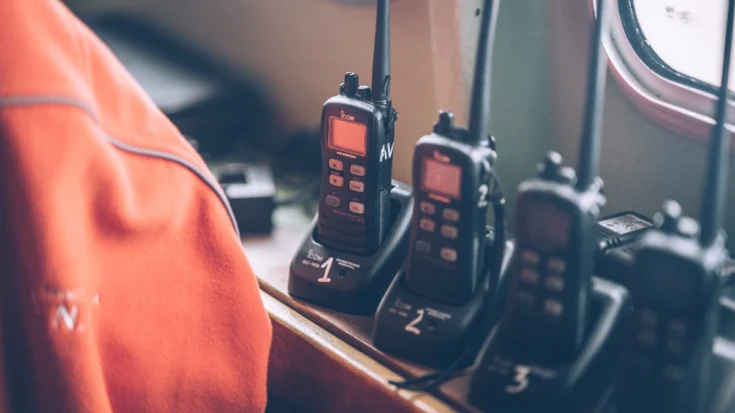
A Handy Talkie (HT) is a two-way telecommunications device that operates using radio frequencies. It adopts push-to-talk (PTT) technology, where users simply press the “talk” button to communicate with other users.
HT is also known as two-way radio. HTs have a wider range and clearer audio quality than walkie-talkies because they are more resistant to signal interference and terrain conditions.
History of Handy Talky
Handy Talkies were first developed by Motorola in the 1940s to support military communications during World War II. The technology allowed soldiers to communicate quickly without having to rely on a complex network infrastructure.
Over time, the use of HTs expanded to various sectors, including security, industry, and emergency services. From its humble beginnings based on analog technology, HT has now evolved into a digital device with wider coverage, clearer audio quality, and encryption features to enhance communication security.
How Handy Talky Works

Handy Talkie (HT) operates by utilizing radio waves to transmit and receive sound at certain frequencies. In simple terms, here is how an HT works:
- Voice is converted into radio waves: When the user speaks while pressing the Push-to-Talk (PTT) button, the voice is converted into an electrical signal, which is then converted into radio waves at a predetermined frequency.
- Radio signals are transmitted: The generated radio waves are transmitted through the HT antenna so that they can be received by other devices using the same frequency.
- The radio signals are received and converted back into sound: Receiving HTs within range pick up the radio signal and convert it back into sound that can be heard by the user.
- Using a simplex communication system: HTs employ a simplex communication system, where only one user can speak at a time. Other users must wait for their turn and press the PTT button for their voice to be transmitted via radio waves.
Benefits of Handy Talky
The use of HT has various advantages over conventional devices, making it an effective alternative solution to ensure smooth communication in project work. Here are some of the main benefits offered:
1. Practical use
The communication process becomes faster and more efficient as users only need to press one button to send or receive messages. That way, there is no need to search for contacts or type phone numbers, which is often time-consuming.
2. Improves worker focus
HT reduces the need for physical interaction as communication and instructions can be received from anywhere. In addition, this technology helps avoid connection disruptions that often occur on cell phones when moving locations or rooms. With these advantages, HT is the ideal choice to ensure project communication continues to run smoothly in the field.
3. Simplify team communication
HT allows messaging to multiple people at once, eliminating the network constraints often experienced when using cell phones in emergencies. With HT, teams can communicate indefinitely, even when 4G cellular networks are not available.
Handy Talky Regulations in Indonesia
Handy Talky products sold in Indonesia must be certified by the Directorate General of Digital Infrastructure (DJID) under the Ministry of Communication and Digital (KOMDIGI). This is based on PERDIJEN POSTEL No 171 Tahun 2009, which requires all radio frequency-based devices, including Handy Talky, to meet specific technical standards before being sold in the country.
The certification ensures that the product meets government safety and quality regulations and does not interfere with other communication devices. The certification process involves technical testing, such as frequency adjustments, safety checks, and compatibility with the surrounding environment.
Once the tests are completed, products that pass are listed in a Test Result Report, which confirms that the product is safe and ready for sale in Indonesia. This report reassures customers that the product meets technical standards and is secure.
For companies wanting to sell Handy Talky in Indonesia, Type Approval Certification Services for ICT Products are available to assist with this process. This service includes preparing technical and legal documents, conducting required testing, ensuring compliance with regulations, helping companies streamline the certification process, and giving consumers confidence in certified products.

